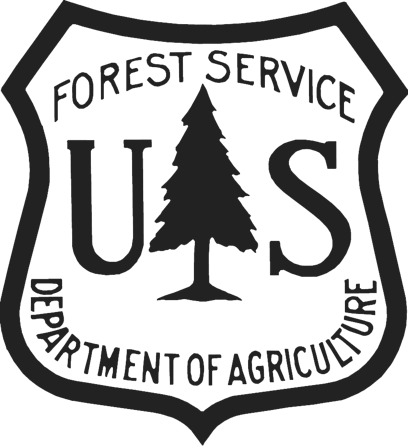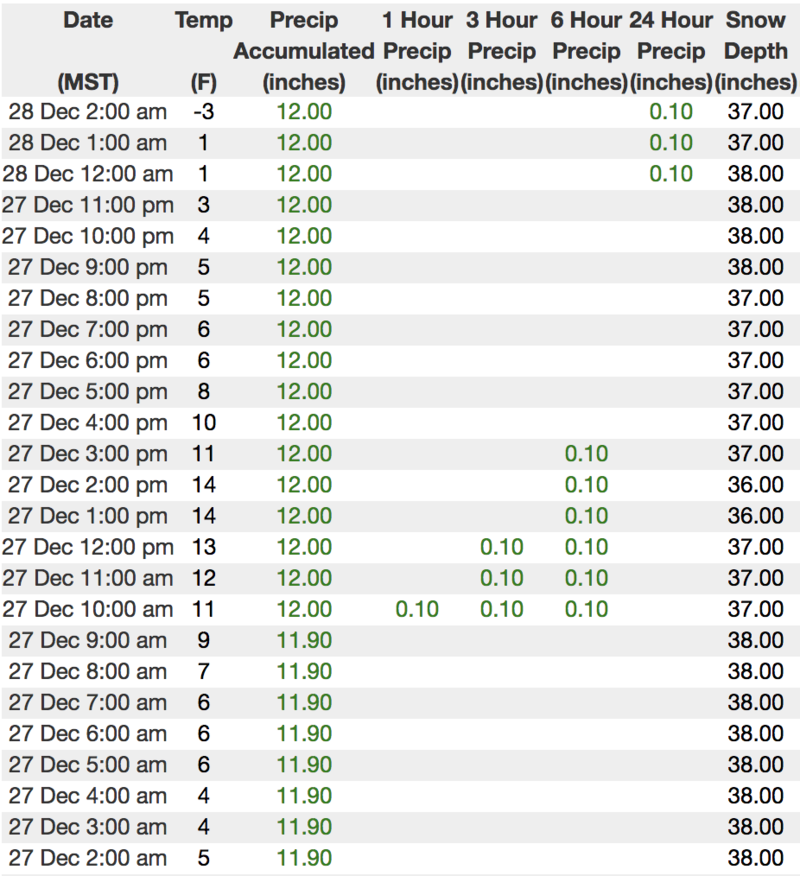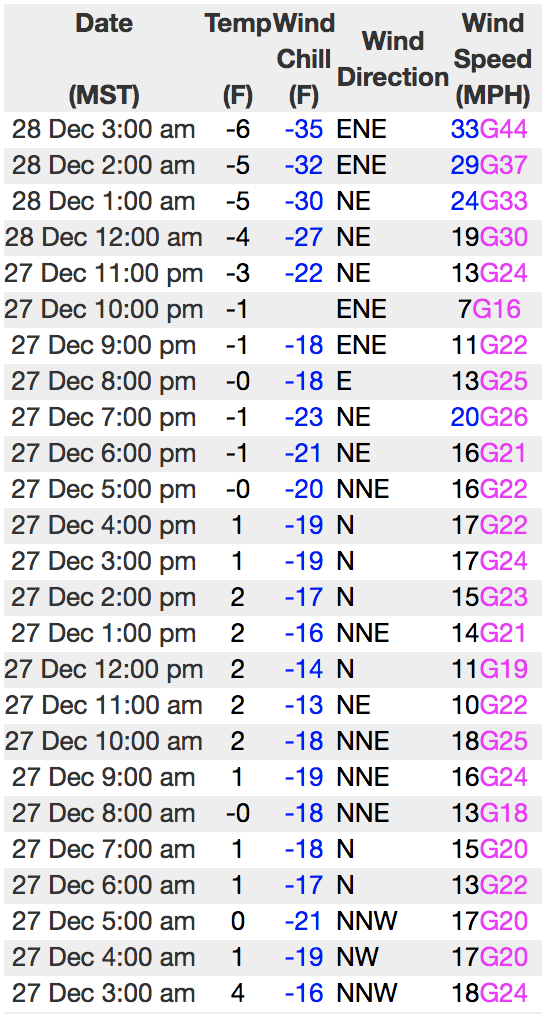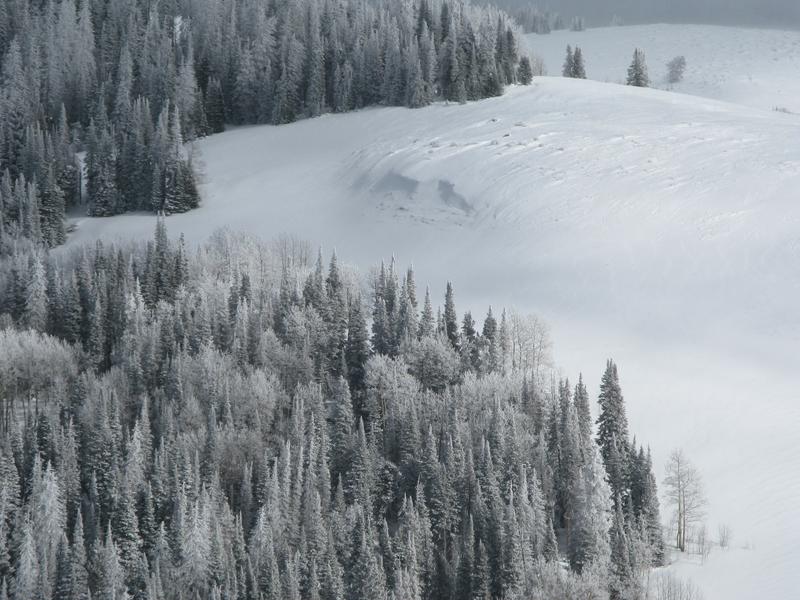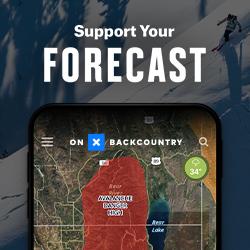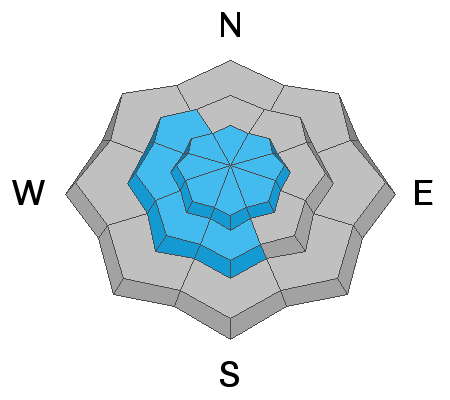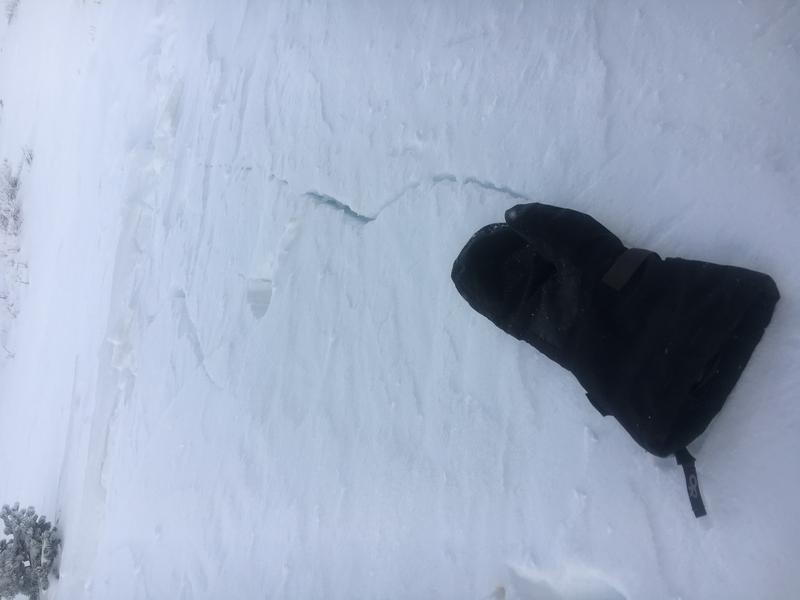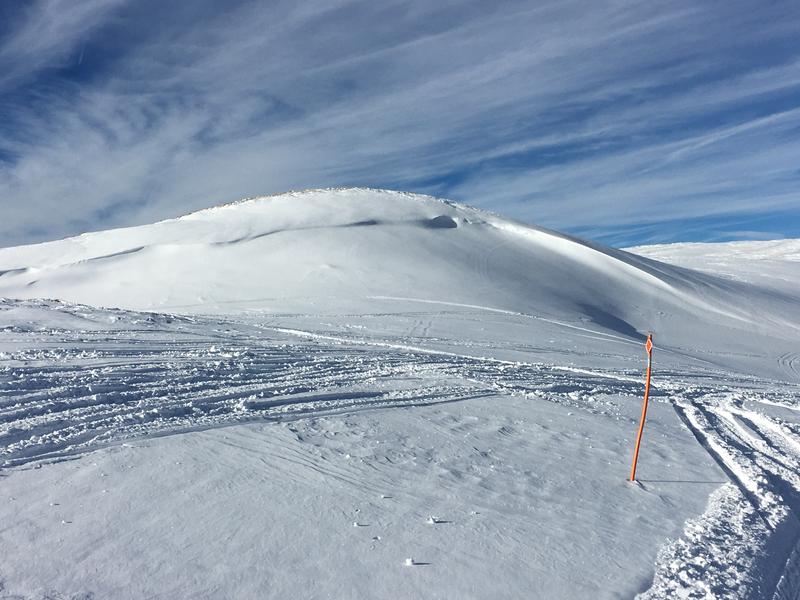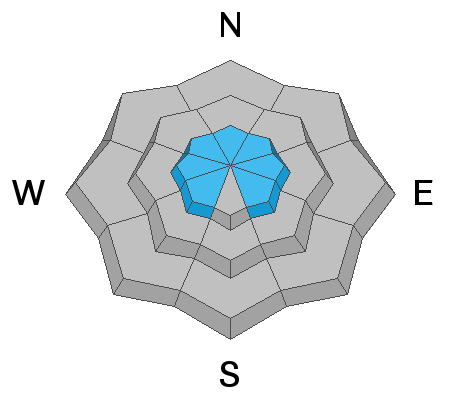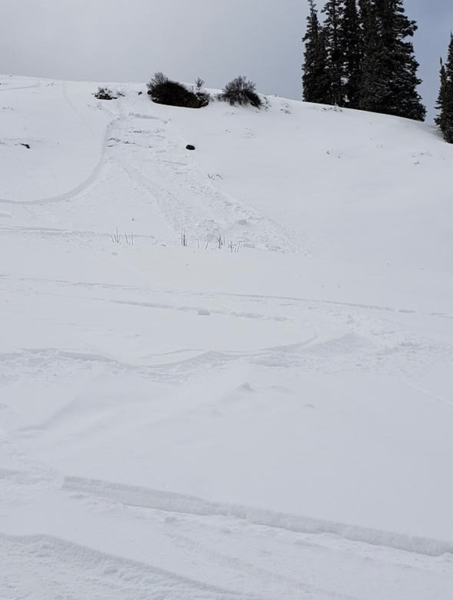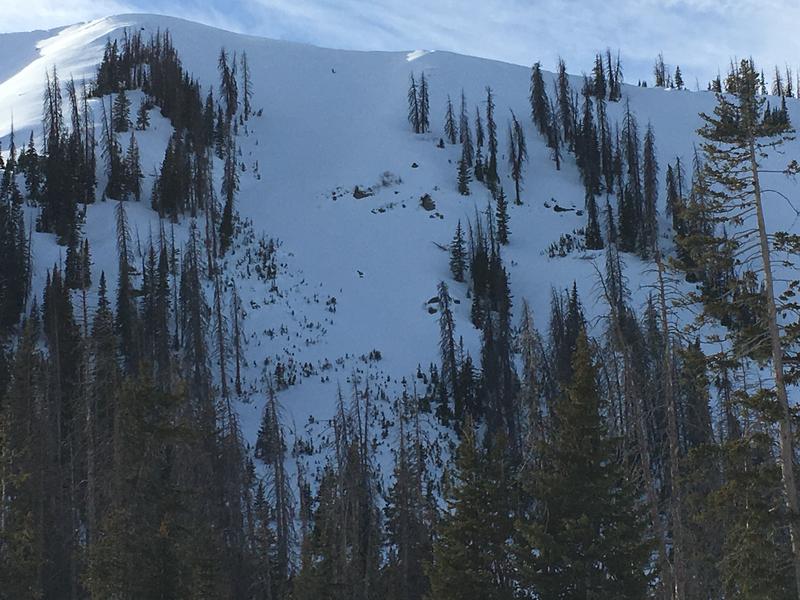Forecast for the Uintas Area Mountains

Issued by Craig Gordon on
Friday morning, December 28, 2018
Friday morning, December 28, 2018
While not widespread and making up a small percentage of the terrain available to ride today, in the wind zone, at and above treeline the avalanche danger is CONSIDERABLE. Human triggered avalanches are LIKELY on all steep, wind drifted slopes, especially those with an westerly component to their aspect.
At mid elevations MODERATE avalanche danger is found on steep slopes with recent deposits of wind drifted snow and human triggered avalanches are possible .
Here's the outlier- today's additional wind loading is a potential game changer. While becoming harder to initiate, human triggered avalanches breaking into deeper, buried weak layers remains a distinct possibility, particularly on steep, rocky slopes that harbor early season snow near the ground.
Lose a little elevation to wind sheltered slopes or swing around to terrain with no old snow near the ground and you'll find LOW avalanche danger.
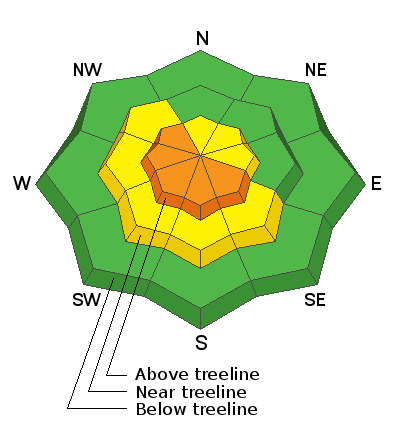
Low
Moderate
Considerable
High
Extreme
Learn how to read the forecast here


